What is a home energy storage system? Before understanding the technical development and market trends of home energy storage systems, let's first understand what a home energy storage system is. Simply put, a home energy storage system is like an "oversized power bank", except that it stores more electricity and can meet the daily electricity needs of a family.
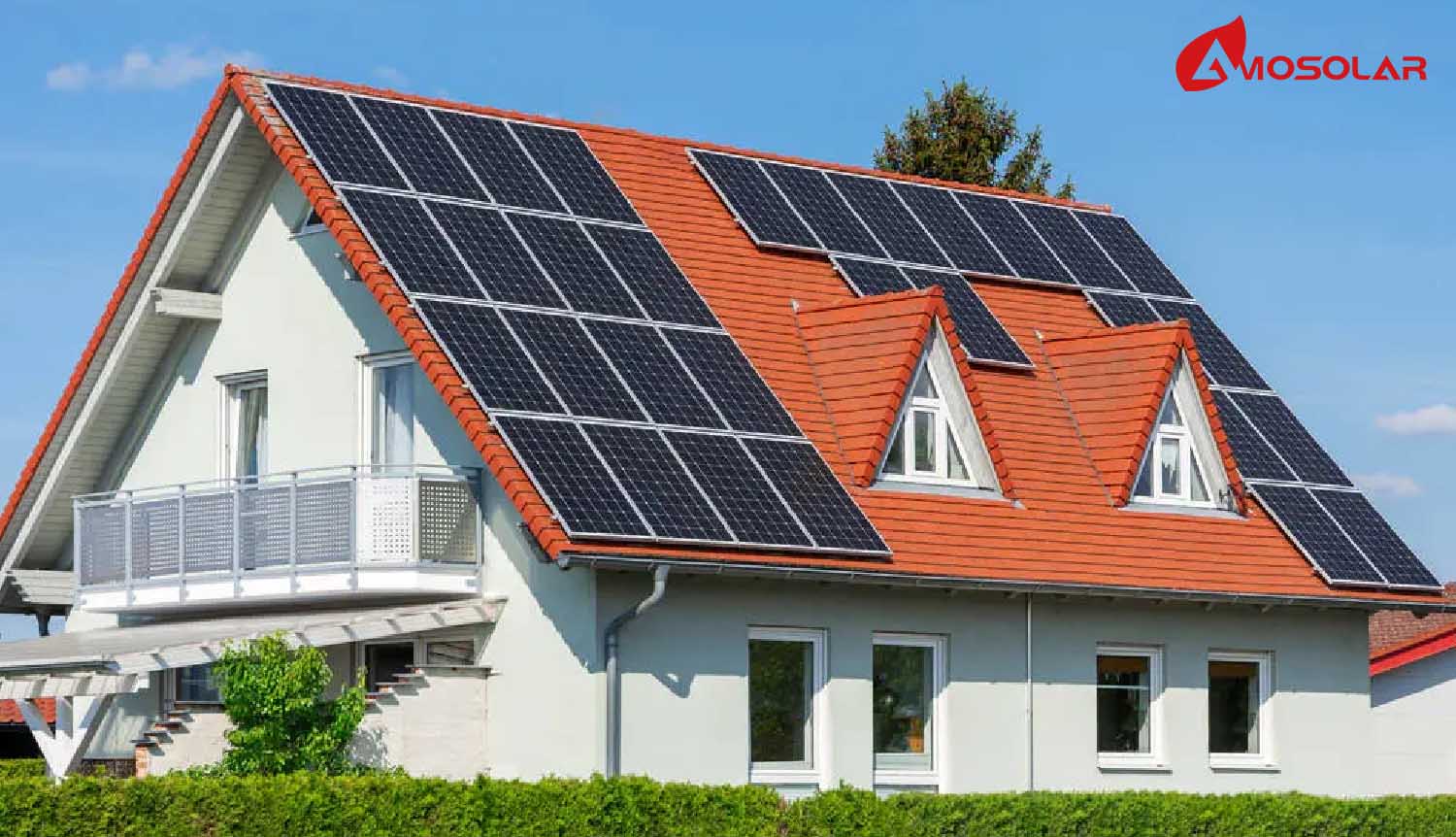
From the perspective of composition, a home energy storage system is generally composed of batteries, inverters, energy management systems, and other key components. As the core of the system, batteries—produced by leading energy storage battery manufacturers— act as a "warehouse," storing excess electricity for later use. Inverters then convert the stored DC power into AC power, making it suitable for household appliances. Meanwhile, the energy management system serves as a "commander," monitoring and optimizing the system in real time to ensure maximum energy efficiency. By integrating advanced technology and high-quality energy storage battery manufacturers, home energy storage systems are enabling greater energy independence and sustainability for households worldwide.
It plays an important role in home energy management. When there are renewable energy power generation equipment such as solar panels in the home, the excess electricity generated by the solar panels can be stored in the batteries of the home energy storage system when there is sufficient sunlight during the day. At night or on cloudy days when there is insufficient sunlight to generate electricity, the stored electricity can be used to achieve a stable supply of electricity and reduce dependence on traditional power grids. Not only that, when the power grid fails and the power goes out, the home energy storage system can also serve as a backup power supply in time to ensure the basic electricity needs of the family, such as the normal operation of lighting, communication equipment, medical equipment, etc., to avoid the inconvenience of life and even safety hazards caused by power outages. In addition, home energy storage systems can also take advantage of the difference in peak and valley electricity prices, charging during periods of lower electricity prices and discharging for home use during periods of higher electricity prices, helping households reduce electricity costs.
Analysis of the current status of technological development and breakthrough core technologies The core technologies of home energy storage systems mainly include energy storage battery technology, power conversion system (PCS) and battery management system (BMS).
Let's talk about energy storage battery technology first. This is the "heart" of the home energy storage system. Currently, the common energy storage batteries on the market are lithium-ion batteries and lead-acid batteries. Lithium-ion batteries have become the mainstream choice for home energy storage due to their high energy density, long cycle life and relatively light weight. Take Tesla's Powerwall as an example. It uses lithium-ion battery technology. The amount of electricity stored after a single charge can meet the basic electricity needs of an ordinary family for several days, and the cycle life can reach thousands of times. Although lead-acid batteries have lower energy density and heavier weight, they are more mature in technology and relatively low in cost. They are still used in some cost-sensitive, space-sufficient and energy storage capacity-not particularly demanding scenarios, such as home energy storage systems in some rural areas.
The power conversion system (PCS) is like the "translator" of the home energy storage system. It is responsible for converting between AC and DC. In a home energy storage system, when the solar panels generate electricity or the grid charges the battery, the PCS converts AC to DC to charge the battery; when the battery is discharged to supply electricity to the home, the PCS converts DC to AC. The conversion efficiency of PCS is constantly improving. The conversion efficiency of some advanced PCS can reach more than 95%, which greatly reduces the loss of electric energy in the conversion process and improves energy utilization efficiency.
The battery management system (BMS) is the "guardian" to ensure the safe and stable operation of the battery. It monitors the voltage, current, temperature and other parameters of the battery in real time, and uses these data to judge the state of the battery to prevent overcharging, overdischarging, overheating and other situations of the battery, and prolong the battery life. For example, when the BMS detects that the battery temperature is too high, it will automatically start the heat dissipation device or reduce the charging current to ensure that the battery operates within a safe temperature range. The current BMS also has a battery balancing function, which can keep the power of each battery cell in the battery pack consistent, avoiding the performance of the entire battery pack being affected by the large difference in the power of individual batteries.
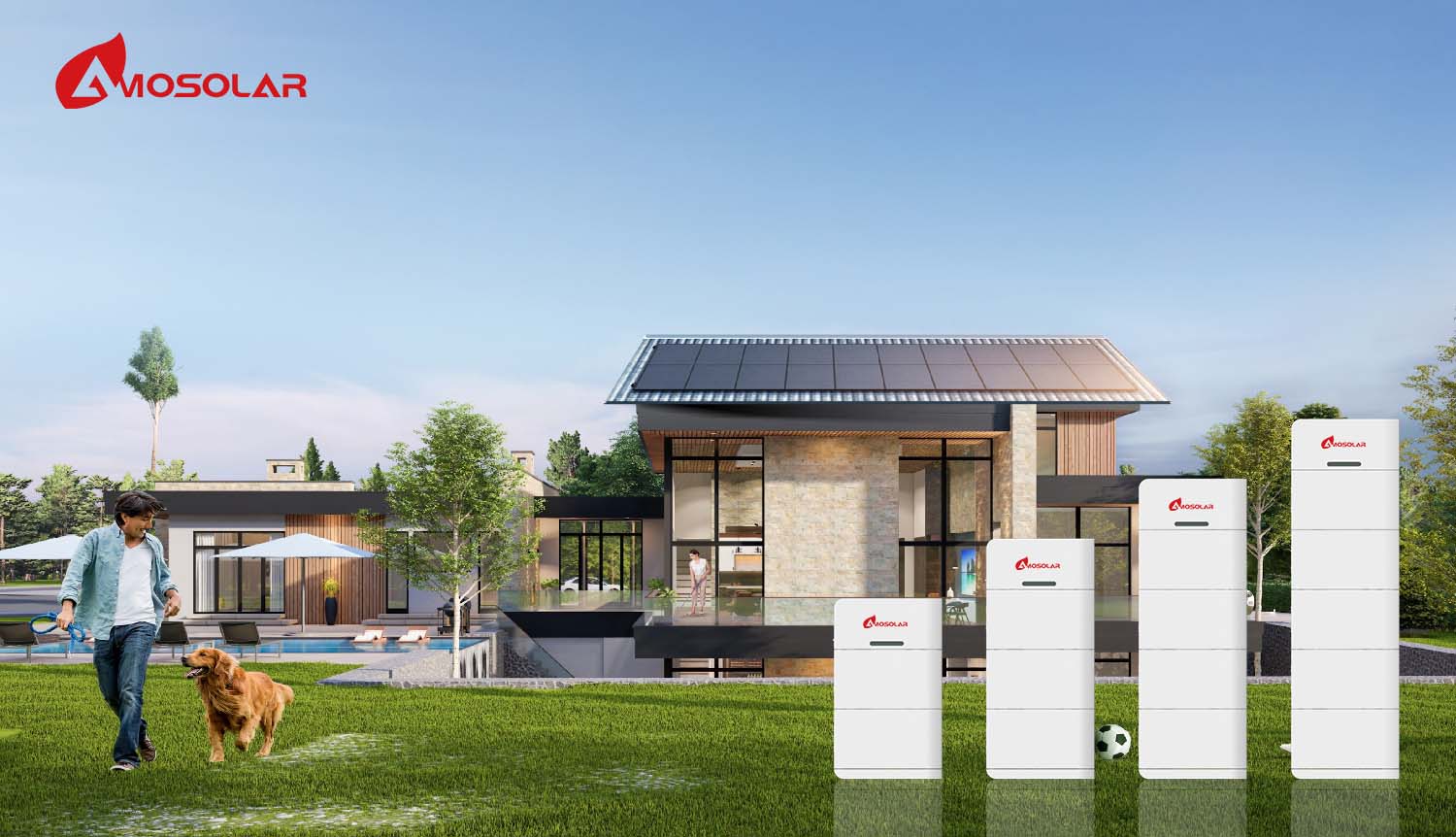
Regional market differences and characteristics The global home energy storage system market shows significant differences and unique characteristics in different regions.
The European market is an important position for home energy storage systems and is relatively mature. Take Germany as an example. As the leader of household energy storage in Europe, Germany is in a leading position in the field of home energy storage. Germany's residential battery energy storage system has shifted from a full feed-in tariff (FIT) plan to a model that supports self-consumption, combined with a premium for excess electricity and supported by its development bank's attractive subsidy plan. This series of policy measures has greatly promoted the popularization of home energy storage systems in Germany. In 2022, Germany's new household storage installed capacity was about 1.03GW, accounting for more than 80% of the new installed capacity. Across Europe, in 2023, the new installed capacity of European household storage increased from 0.8GWh to 12.0GWh, the cumulative installed capacity increased from 1.4GWh to 22.6GWh, and the penetration rate of new installed capacity increased from 57% in 2019 to 70% in 2023. The rapid development of the European market is mainly driven by high electricity prices and the need for energy transformation and energy security. The electricity prices for European residents continue to rise, and the price difference between peak and valley electricity consumption continues to widen. The feasibility of arbitrage by using the price difference between peak and valley electricity consumption after energy storage configuration has increased, and the acceptance of household energy storage systems by residential users has increased. In addition, the development of renewable energy in Europe started early, and various rules for renewable energy to participate in electricity market transactions have been relatively complete, laying a solid foundation for residents to participate in electricity market transactions and make profits after storage.
The US market should not be ignored either, and its household energy storage system market size is growing rapidly. Energy independence and security are the core driving forces for the growth of the US market. With the vigorous development of renewable energy in states such as California and Texas, especially the widespread use of solar energy, many households need to effectively store and utilize excess electricity. At the same time, the instability of the power grid has increased the demand for backup power in households, and the fluctuation of electricity prices has also enabled energy storage batteries to store electricity when electricity prices are low and use it when electricity prices are high, thereby saving electricity bills. According to statistics, in 2023, the United States will have 1,640MWh of new household energy storage installed, a year-on-year increase of 7%. In the first half of 2024, the new installed capacity will be 973MWh, and the annual installed capacity is expected to hit a record high in recent years. According to Wood Mackenzie's forecast, the United States will deploy 12GW of new household distributed energy storage systems from 2024 to 2028, of which household energy storage systems will account for about 80%, and the cumulative new installed capacity will be about 28GWh. The development of the US market has also benefited from policy support, such as the US "BBB Act" and the deferral of ITC tax credits. The preferential strength of residents installing household photovoltaic systems has not decreased but increased, stimulating the willingness of household light users to match energy storage. In addition, in recent years, the frequent power outages in various states caused by the aging of power transmission and distribution equipment and the frequent occurrence of natural disasters have also prompted more families to consider equipping household energy storage systems.
The Chinese market is in a stage of rapid development. Although the current scale of China's household energy storage system market is relatively small compared with the European and American markets, it has huge growth potential. The Chinese government attaches great importance to the development of the energy storage industry and has introduced a series of policies to support the research and development and application of energy storage technology. In July 2021, the National Development and Reform Commission and the National Energy Administration jointly issued the "Guiding Opinions on Accelerating the Development of New Energy Storage", which clearly proposed to achieve the transformation of new energy storage from the initial stage of commercialization to large-scale development by 2025, with the installed capacity of new energy storage reaching more than 30 million kilowatts, and to achieve comprehensive market development of new energy storage by 2030. In March 2022, the National Development and Reform Commission and the National Energy Administration issued the "14th Five-Year Plan for the Development of New Energy Storage", strengthening the strategic layout of energy storage technology innovation and pointing out the development goals of new energy storage. With the promotion of policies, technological advances and cost reductions, China's home energy storage system market is expected to usher in rapid growth. In addition, China has a complete manufacturing industry chain and has advantages in the production and manufacturing of key components such as energy storage batteries and inverters, which also provides strong support for the development of the home energy storage system market.
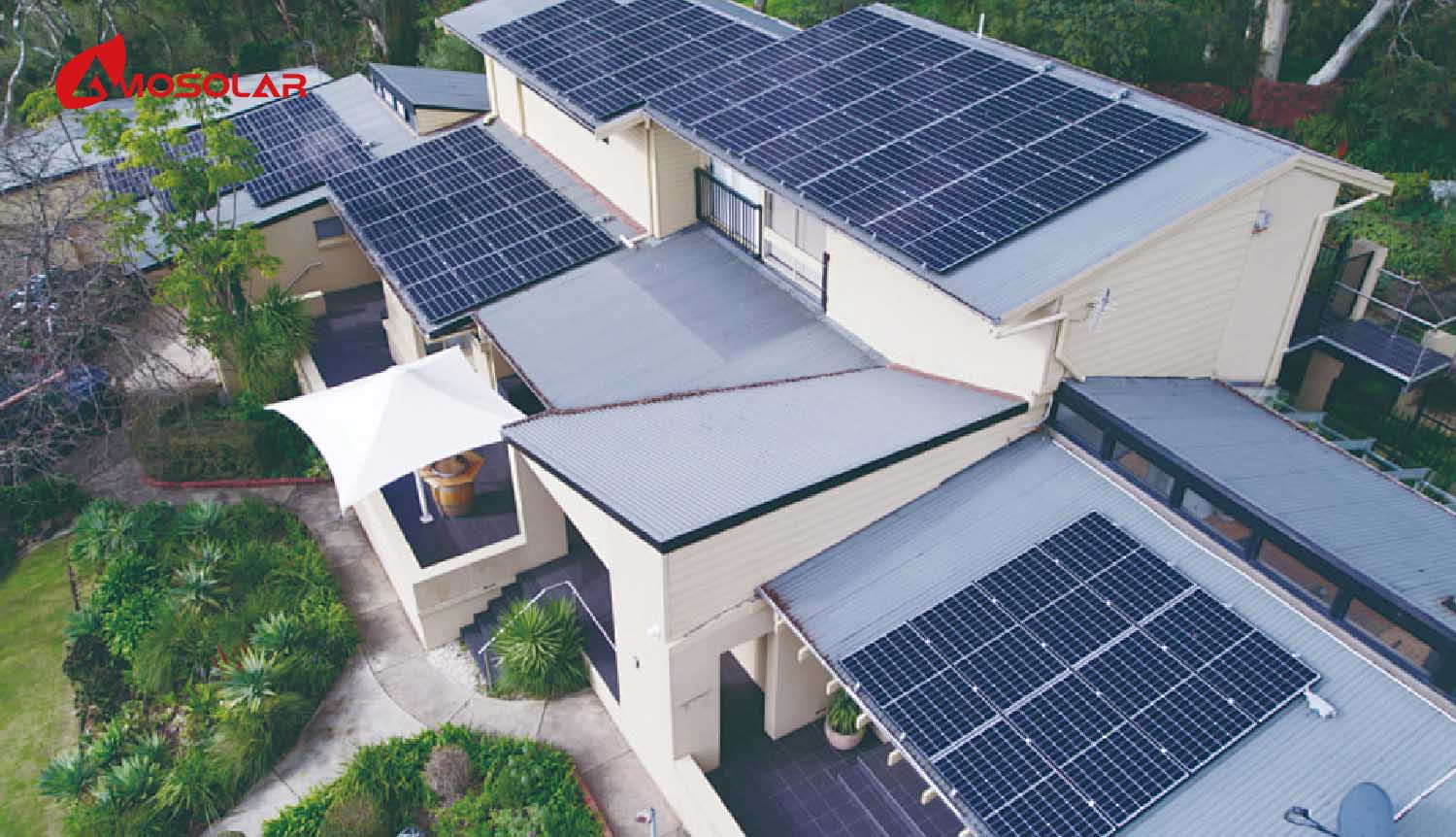
Market growth drivers Renewable energy development As the world's attention to environmental protection and sustainable development continues to increase, the development of renewable energy has ushered in a golden age. Renewable energy such as photovoltaics and wind power has become increasingly important in the energy field due to its clean, pollution-free and inexhaustible characteristics.
Taking solar energy as an example, the global solar photovoltaic installed capacity has continued to grow rapidly in recent years. According to data from the International Energy Agency (IEA), the global new solar photovoltaic installed capacity reached a record high of more than 300GW in 2023. Solar photovoltaic power generation has obvious intermittent and volatile characteristics, and its power generation capacity depends on the intensity and time of light. This leads to the fact that photovoltaic power generation cannot meet the electricity demand of households at night or on cloudy days when there is insufficient light. In order to solve this problem, home energy storage systems came into being. When there is sufficient light during the day, the excess electricity generated by solar panels can be stored in the batteries of the home energy storage system. At night or when there is insufficient light, the stored electricity can be used to achieve a stable supply of electricity and improve the utilization efficiency of renewable energy.
Home energy storage systems provide an effective solution to cope with fluctuations in electricity prices and play an important role in reducing electricity costs. Many regions have implemented a peak-valley electricity price system, that is, the electricity price is higher during peak hours and lower during low hours. The home energy storage system can take advantage of the peak-valley electricity price difference, charge during low-price hours, store the electricity, and discharge it for home use during high-price hours, thereby reducing electricity costs.
Future development trend prediction Technological innovation direction In the future, technological innovation of home energy storage systems will focus on two key areas: battery technology and intelligent management system.
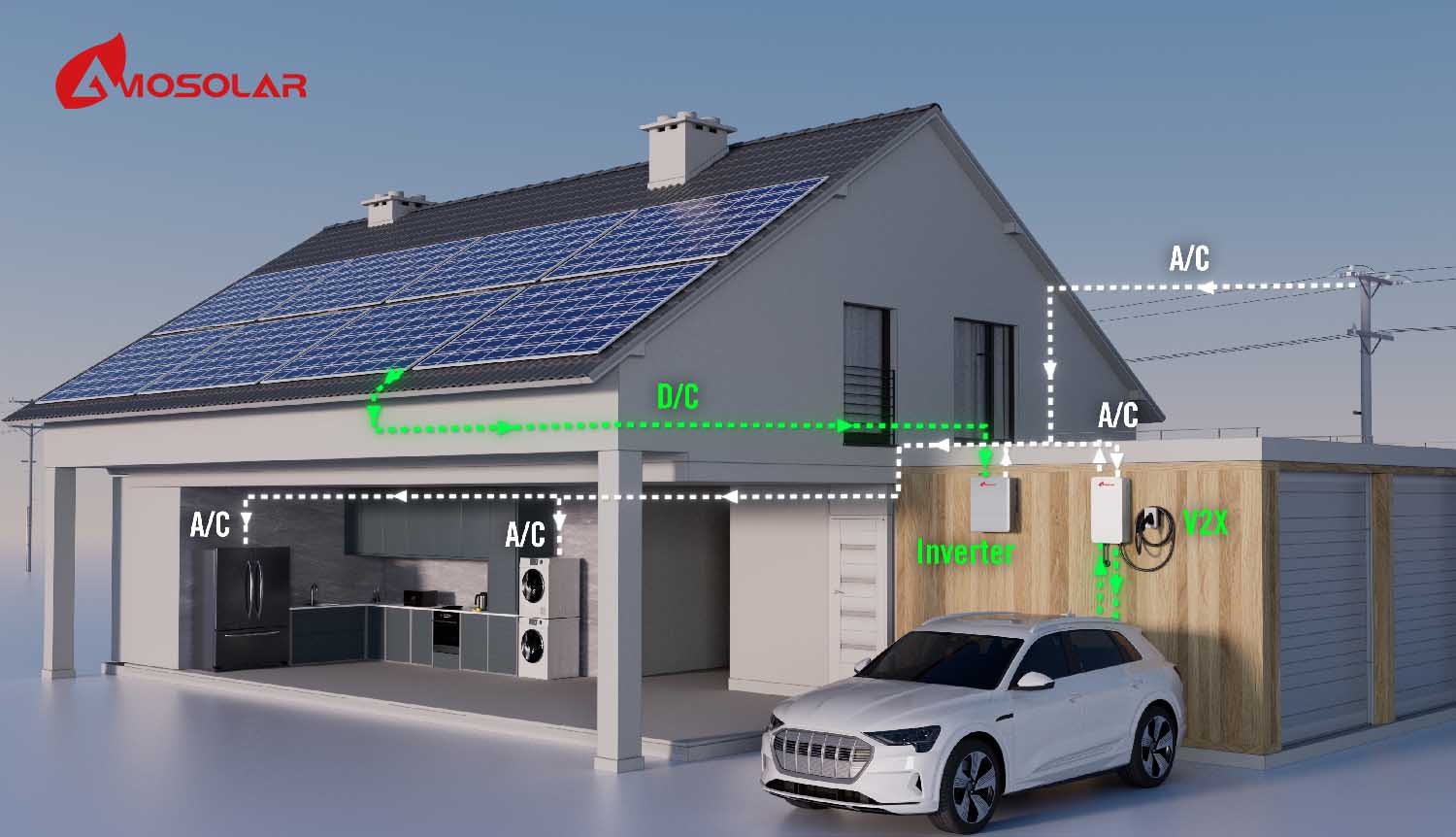
In terms of battery technology, the research and development of new battery materials and technologies will continue to advance. In addition to the solid-state batteries and sodium-sulfur batteries mentioned above, hydrogen energy storage batteries have also attracted much attention. Hydrogen energy storage batteries have the advantages of high energy density, high charging and discharging efficiency, and no pollution, and are considered to be one of the important development directions in the future energy storage field. Although the application of hydrogen energy storage batteries in home energy storage systems is still facing problems such as high cost and imperfect hydrogenation infrastructure, with the development of technology and the reduction of costs, commercial applications are expected to be realized in the future. At the same time, existing lithium-ion battery technology will continue to be optimized and upgraded to further improve energy density, extend cycle life, reduce costs, and improve safety. For example, by developing new electrode materials and electrolytes, the performance and stability of batteries can be improved.
The intelligent management system will also usher in major changes. With the continuous development of technologies such as the Internet of Things, big data, and artificial intelligence, the intelligent management level of home energy storage systems will be greatly improved. The future intelligent management system will have more powerful data analysis and prediction capabilities, and will be able to automatically optimize the charging and discharging strategies of the energy storage system based on factors such as the family's electricity consumption habits, real-time electricity prices, and weather conditions to achieve the optimal configuration of energy. For example, the system can predict the weather and electricity demand of the next day in advance, and automatically control the energy storage system to charge more during periods of sufficient sunshine and low electricity prices to meet subsequent electricity demand; during peak electricity consumption periods, the discharge strategy is automatically adjusted to give priority to the use of electricity from the energy storage system to reduce electricity costs. In addition, the intelligent management system will also achieve deep integration with smart home devices, and through interconnection with smart home appliances, smart lighting, smart security and other equipment, it will achieve comprehensive intelligent management of home energy. Users can monitor and operate home energy storage systems and various electrical equipment anytime and anywhere through mobile phone APP or voice control, improving the convenience and comfort of life.
Market size and application expansion
From the perspective of market size, the home energy storage system market is expected to continue to maintain a high growth trend in the future. With the advancement of technology and the reduction of costs, home energy storage systems will become more affordable, and more and more families will be able to install and use them. According to relevant institutions, by 2030, the global home energy storage system market may reach hundreds of billions of US dollars, and the annual compound growth rate will remain at a high level. In some developed countries, such as Germany, the United States, and Japan, the popularity of home energy storage systems will further increase and become an important part of home energy management. In developing countries, with the development of the economy and the growth of people's demand for energy, the home energy storage system market will also usher in opportunities for rapid development, and the market potential is huge.
In terms of application scenarios, the application of home energy storage systems will be more extensive. In addition to traditional application scenarios such as solar photovoltaic power generation supporting energy storage, peak-valley electricity price arbitrage, and backup power supply, home energy storage systems will also play an important role in microgrids, virtual power plants and other fields. In microgrids, home energy storage systems can be interconnected with distributed energy (such as solar energy, wind energy), other home energy storage systems, and power grids to achieve energy sharing and optimal configuration, improve energy utilization efficiency and power supply reliability. Virtual power plants use information technology and communication technology to aggregate scattered household energy storage systems, distributed energy resources, and other resources to form a virtual power generation entity, participating in power market transactions and grid peak and frequency regulation services. As an important part of virtual power plants, household energy storage systems will bring more benefits to users, while also helping to improve the stability and flexibility of the grid. In addition, with the popularization of electric vehicles, household energy storage systems will also be combined with electric vehicle charging to achieve two-way energy flow from vehicle to grid (V2G) and grid to vehicle (G2V), further expanding the application scenarios of household energy storage systems.
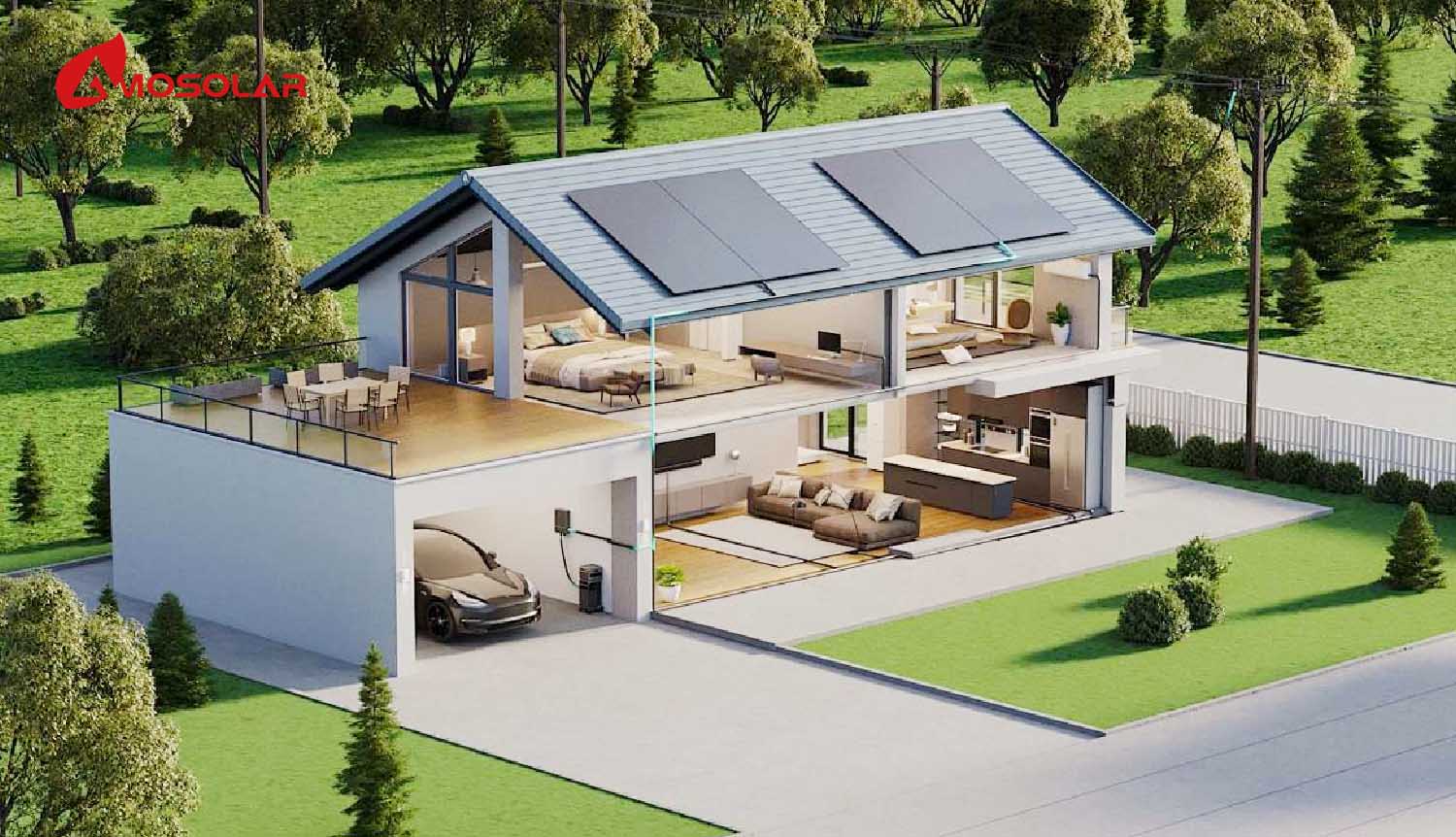
Summary and Outlook: The Future of Home Energy Storage
As an emerging force in the energy sector, home energy storage systems have achieved remarkable progress in both technological advancements and market expansion. Core technologies continue to evolve, driving performance improvements and cost reductions, while diverse regional markets contribute to the rapid global growth of the industry. Factors such as the development of renewable energy, electricity price fluctuations, and supportive policies are further fueling this momentum.
However, the industry still faces challenges, including cost constraints, technical reliability, and market acceptance. Addressing these through innovation, quality control, and market awareness will be key to long-term success. Looking ahead, home energy storage technology will continue to advance, market demand will expand, and application scenarios will become more diverse. This will not only provide stable, economical, and eco-friendly energy solutions for households but also play a crucial role in the global energy transition and sustainable development.
At Amosolar, we are committed to supporting this transition by providing high-quality, reliable energy storage solutions. Let’s embrace a greener, low-carbon future together!
 Address: No.210 QianShan Road, Shushan Dsitrict, Hefei, Anhui, China
Address: No.210 QianShan Road, Shushan Dsitrict, Hefei, Anhui, China Tel: +86 13956933621
Tel: +86 13956933621 Email: info@amo-solar.com
Email: info@amo-solar.com Contact: Sabrina Han
Contact: Sabrina Han


